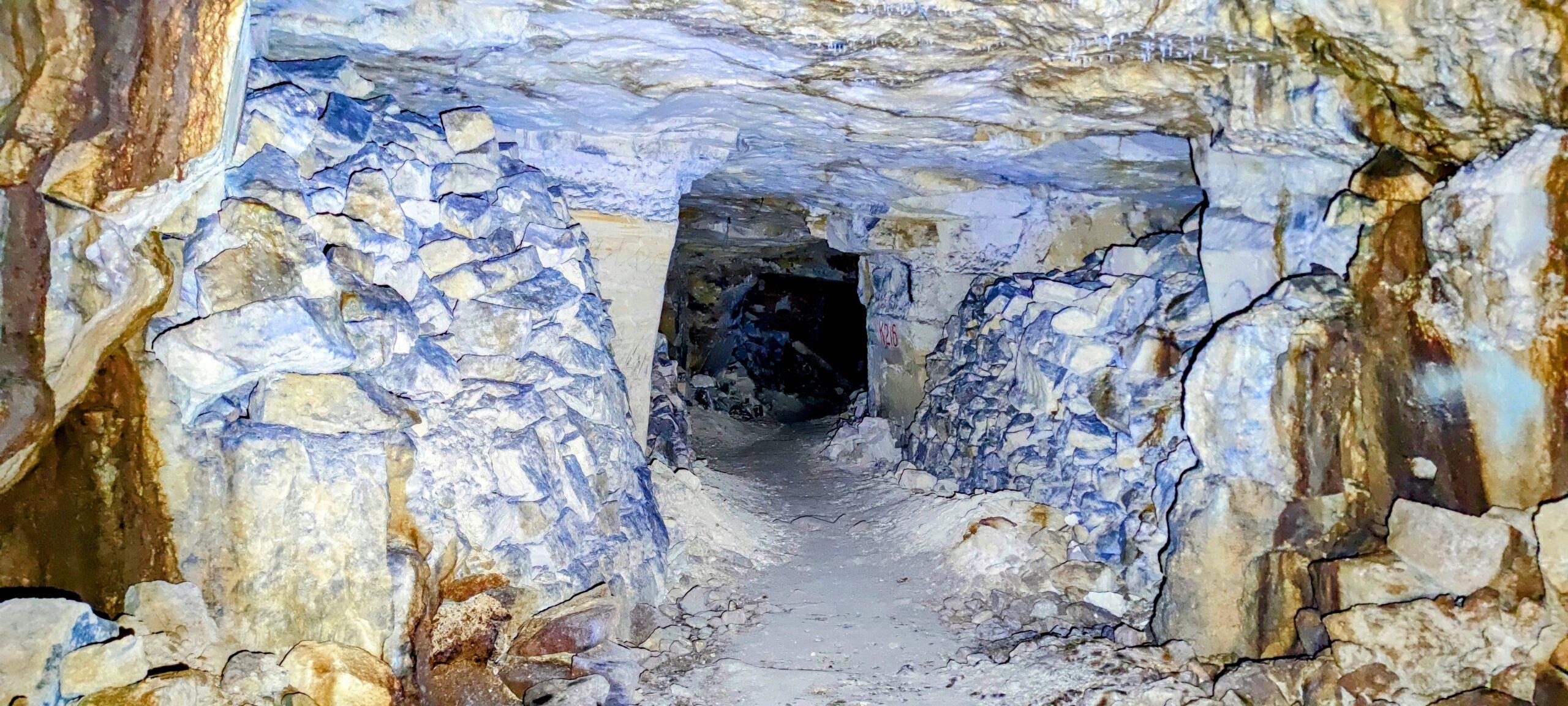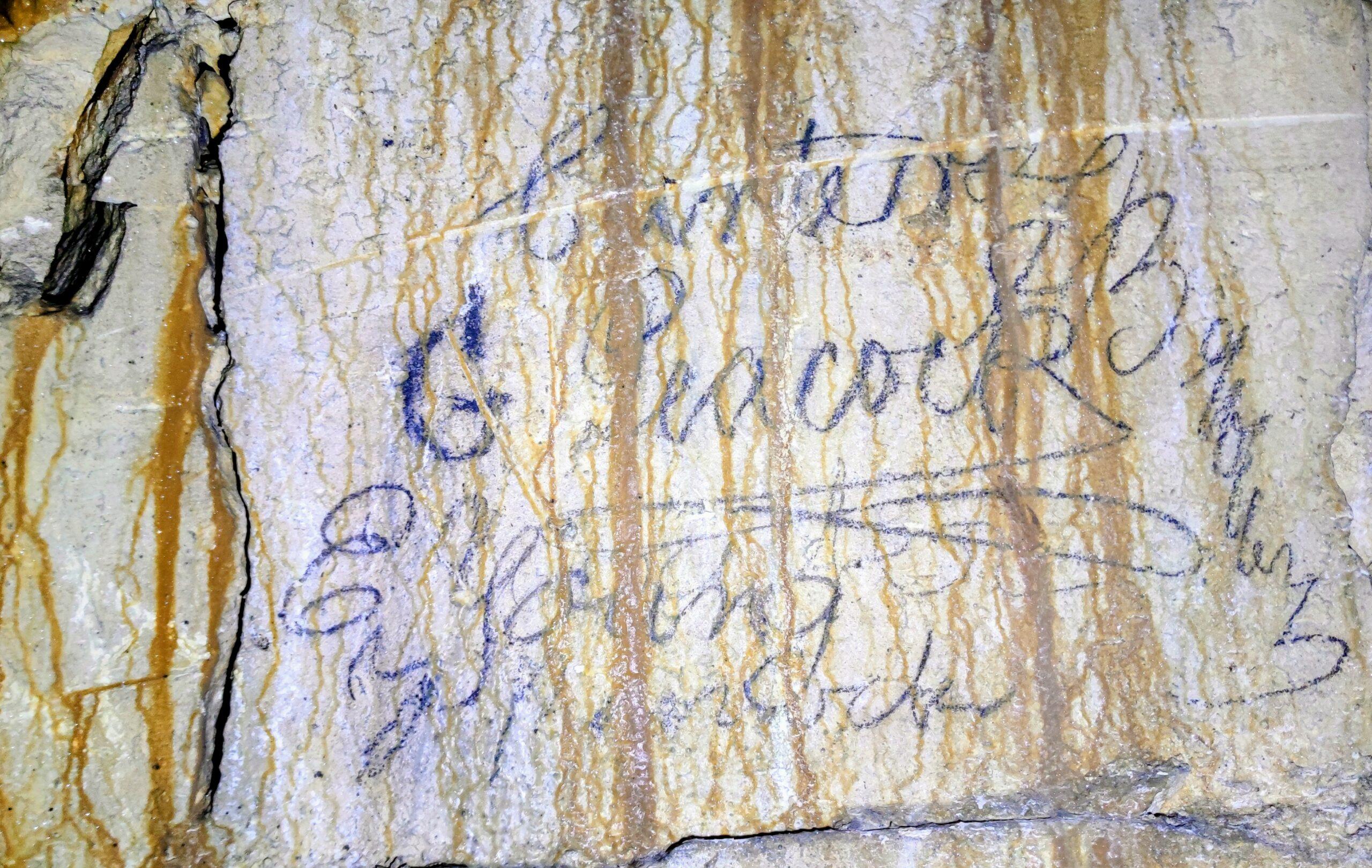Underground Wiltshire: Browns Folly Mine

Larger than the nearby Swan Mine, Browns Folly Mine also quarried bath stone. Bath stone was mined extensively in the area around Monkton Farleigh, providing for the construction of the Georgian buildings in Bath and even the façade of Buckingham Palace.




Browns Folly Mine was closed in 1930, but gained a new lease of life during World War Two. In the run up to the war the Ministry of Defence converted the mine into an ammunition depot. Today the mine is a Site of Special Scientific Interest due to the roosting of the rare greater horseshoe bat along with five other bat species. The oldest greater horseshoe bat ever found in Britain, was discovered in the mine. If you’re wondering, it was estimated to be around 28 years old!



The entrance we used involved a short crawl through a narrow hole, though other entrances are reportedly accessible. The mine itself is a maze of passageways which are fairly large- no need to crawl through tiny gaps once inside! The structure seemed relatively stable, and some passages were marked out. There’s a collection of old graffiti, and the tracks can still be seen in places. Other interesting features include a crystal-clear well and the carved stone troughs that working horses would drink from.









Last Updated on 9 November 2022 by Michael




